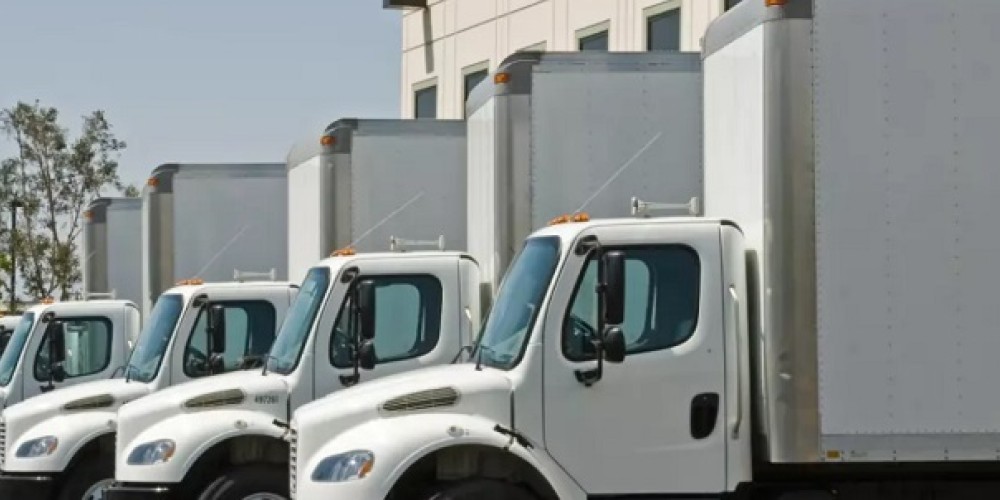News Post

A box truck is a type of truck used to transport large, bulky items. Box trucks come in a variety of sizes, but the most common size is 26 feet long and 8 feet wide. Most box trucks have a liftgate, which makes loading and unloading heavy items much easier.
While you can drive a box truck with a regular driver's license, you will need a commercial driver's license (CDL) if you plan on driving one for business purposes.
If you're wondering whether or not you need a CDL to drive a box truck, the answer is maybe. It depends on the size of the truck and what you plan to use it for. If the truck is under 26,000 pounds and you're only using it for personal use, then you likely don't need a CDL.
However, if the truck is over 26,000 pounds or if you're using it for commercial purposes, then you will need a CDL. To be safe, always check with your local DMV to find out the specific requirements in your area.
Do You Need a Cdl for a 26Ft Box Truck?
If you want to drive a 26-foot box truck, you will need a commercial driver's license (CDL). This is because these trucks are considered commercial vehicles. To get a CDL, you will need to pass a written exam and a skills test.
The written exam will test your knowledge of the rules of the road and safety regulations. The skills test will ensure that you can safely operate the truck.
How Heavy is a 26-Foot Box Truck?
The average 26-foot box truck weighs approximately 10,000 pounds. This weight can vary slightly depending on the specific make and model of the truck. The payload capacity of a 26-foot box truck is usually around 4,000 to 5,000 pounds.
How Much Does a 24 Ft Box Truck Weigh?
A 24-foot box truck can weigh up to 26,000 pounds. The average weight of a 24-foot box truck is about 23,500 pounds. The maximum payload capacity of a 24-foot box truck is typically around 10,000 pounds.
Do Box Trucks Make Money?
There are a number of factors to consider when it comes to whether or not box trucks make money. The most important factor is the type of business that you are running.
If you have a business that requires you to transport large amounts of goods or materials, then a box truck can be a great way to save on shipping costs.
However, if your business does not require the use of a box truck, then it may not be the most cost-effective option for you. Another factor to consider is the size of your business.
If you have a large business with many employees and customers, then a box truck can help you save on transportation costs.
However, if your business is small and only ships out a few products each week, then a box truck may not be necessary. The last factor to consider is your location.
If you live in an urban area with limited parking options, then a box truck may not be the best option for you.
However, if you live in a rural area with plenty of space for parking, then a box truck can be a great way to get around town and make deliveries.
Do I Need a Cdl for Private Use in Texas?
In Texas, a commercial driver's license (CDL) is not required to operate a vehicle for private use. However, there are some restrictions on what types of vehicles can be driven without a CDL. For example, vehicles that are designed to transport 16 or more passengers (including the driver) or Hazardous Materials (HazMat) must be operated with a CDL.
If you plan on operating any type of vehicle for private use in Texas, it is recommended that you check with your local Department of Motor Vehicles (DMV) office to determine if a CDL is required.
Conclusion
Most box trucks that you see on the road are actually considered commercial motor vehicles (CMVs). That means if you want to drive one, you need a commercial driver’s license (CDL). The good news is that getting your CDL isn’t as difficult as it may seem.
In fact, with the right training and preparation, you can get your CDL in just a few weeks.
